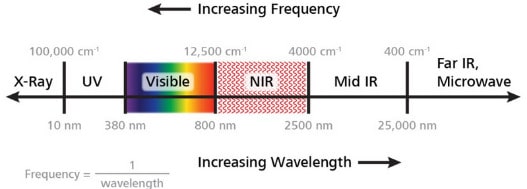“Boston researchers say they’ve developed a new, noninvasive technique for detecting marijuana highs that can reliably tell the difference between people who are truly impaired by the drug and those who merely used it recently.”
What has happened to so-called Drug Recognition Experts (DRE)? Have the courts finally realized that police officers using pupil dilation charts to determine which type of drugs a motorist is under is junk science?
Nope, because soon, DRE police officers across the country will be using pupil dilation charts and portable fNIRS brain scanners to determine if someone is under the influence of drugs.
“For so long, our model has been alcohol, so there’s been a lot of focus on breath and blood levels,” Dr. Jodi Gilman, who led the research, said. “Our thought was, ‘What about looking directly at the brain?’ “
The MGH study claims that fNIRS scanners are accurate 76 percent of the time.
“The scientists trained a computer algorithm to spot the differences in oxygenated hemoglobin between those who were deemed high and those who were not. Later, analyzing only the “after” scans, the software yielded false positives in just 10 percent of subjects and correctly guessed which were impaired about 76 percent of the time, a significant improvement over existing techniques and a figure the researchers believe they can boost substantially with further refinements.”
Claiming that fNIRS is 76 percent accurate and yielded just 10 percent false positives doesn’t add up. Either fNIRS gets it right 76 percent of the time or it does not. But without any independent research to back up MGH’s claims, the public will probably never know if those figures are close to being accurate.
If we use the history of breathalyzer source codes being hidden from researchers as a barometer, then one can safely assume that fNIRS scanner source codes will be no different.
Full article: U.S. Cops To Become Brain Scanning Marijuana Detectors
